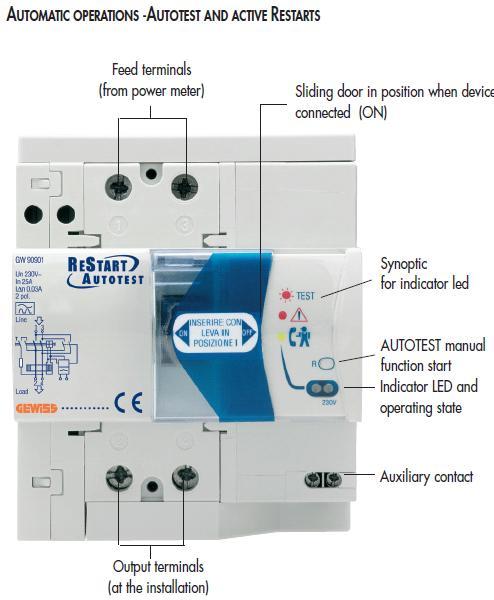So I've been in the industry 38 years a colleague 45. If either of us are unsure of something we ask and discuss it, this could just be in our own office among the engineers there or by contacting other staff in other parts of the company. (these discussions take place quite frequently)
One important point we always stress to new staff is that if you are unsure ASK, this rule applies until the day we leave the industry.
So
It shows a pretty basic incompetence and I don't think he should be doing what he CLAIMS he is doing when he comes out with rubbish!
This sort of attitude from someone who claims to be a professional electrician stinks. If it discourages another less experienced electrician from asking and learning it is far, far more dangerous than someone who has the courage to ask, knows his limitations and will discuss problems.
Do you act like this with apprentices and other trainees?
Do you know everything?
Hmmm perhaps the next time I'm asked for advice by an experience electrician perhaps I should treat him as a fool.


